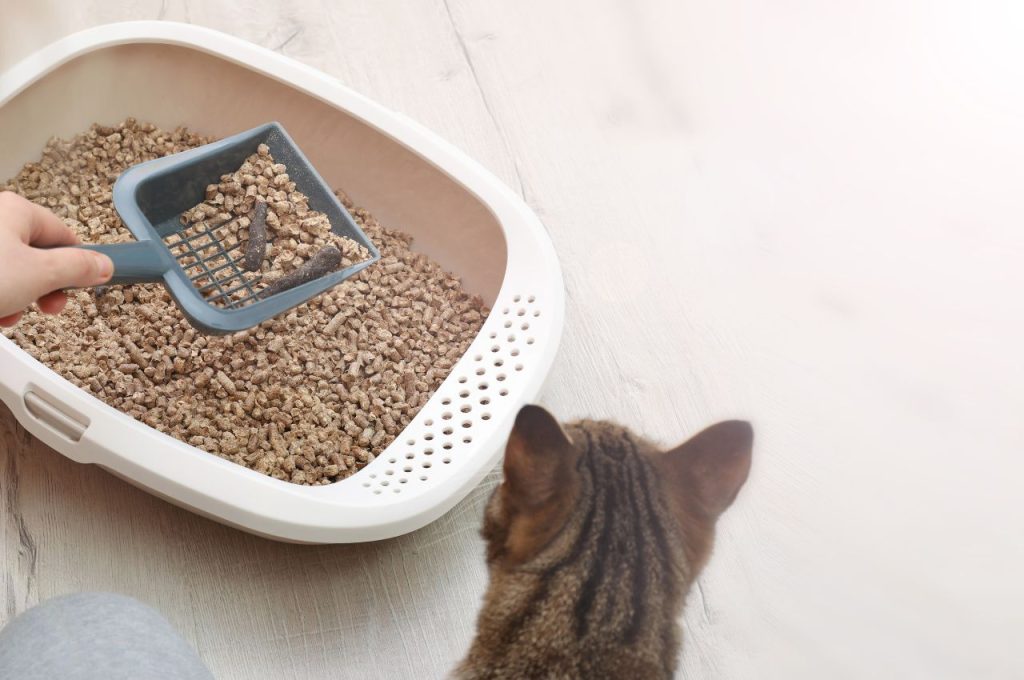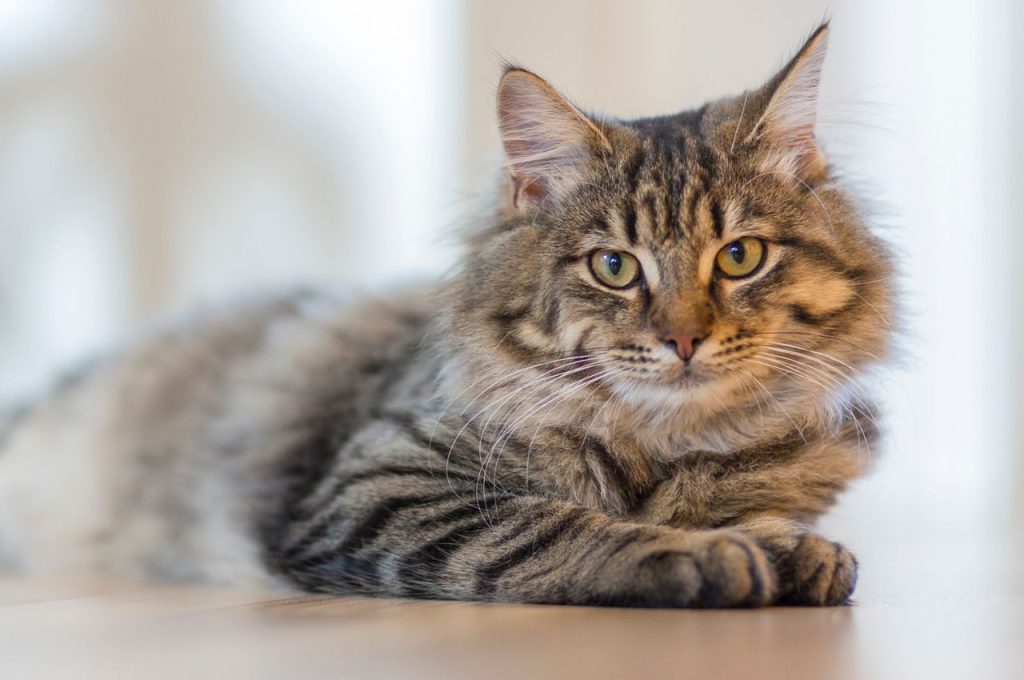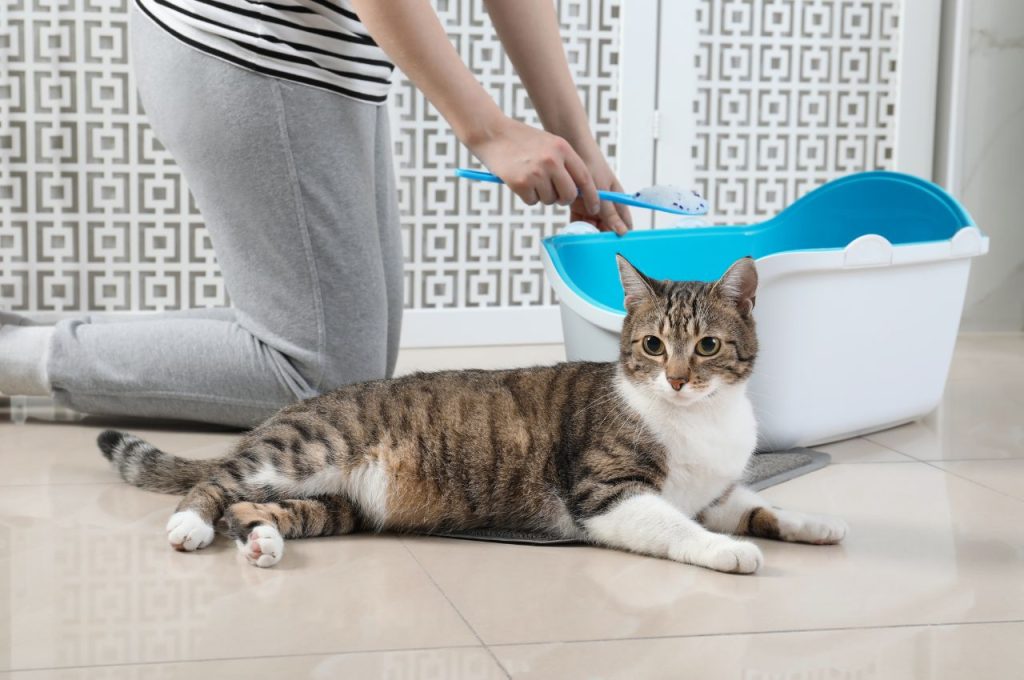Litter training is an essential aspect of cat ownership, especially when it comes to kittens. Teaching a young kitten how to use the litter box not only helps maintain cleanliness in your home but also ensures your kitten develops good habits for their future. It is important to approach litter training in a patient and positive way to help your kitten learn quickly and effectively. By following the right techniques and providing appropriate guidance, you can successfully litter train your kitten very quickly.
One of the important steps for litter training a kitten is to understand the relevance and significance of the litter box. Kittens possess instincts to bury their waste, and providing them with an appropriate litter box simulates their natural behavior. The litter box also provides them with a designated and accessible space for eliminating waste, helping to keep your home clean and odor-free. By understanding the importance of litter training, you can approach the process with the right mindset and strategies.
Quick Guide: Speedy Litter Training for Kittens
Litter box training is a crucial part of a kitten’s development. It not only aids in maintaining cleanliness but also helps prevent behavioral issues such as inappropriate elimination. By introducing your kitten to the litter box early on and using positive reinforcement techniques, you can instill good habits and ensure your kitten becomes litter-trained quickly and efficiently.
Creating the Right Environment
When it comes to litter training, creating the right environment plays a significant role in the success of the process. By setting up a conducive space, you can encourage your kitten to use the litter box consistently.

Start by choosing the right litter box for your kitten. Opt for a box that is low enough for them to comfortably step into and has enough space for them to move around. Avoid covered litter boxes initially, as they may make the kitten feel enclosed or trapped.
Place the litter box in a quiet and easily accessible area of your home. Avoid placing it near their food or water bowls, as cats prefer to eliminate away from their eating and drinking areas. Creating a separate space for the litter box helps maintain cleanliness and reinforces good litter box habits.
Additionally, consider the type of litter you use. Kittens usually prefer soft, fine-textured litter, so opt for unscented clumping litter that is gentle on their paws. Avoid using scented litter or harsh materials that may discourage your kitten from using the litter box.
Introducing Your Kitten to the Litter Box
Once you have created the right environment, it’s time to introduce your kitten to the litter box. This process requires patience, consistency, and positive reinforcement.
Start by placing your kitten in the litter box after meals, naps, or playtime, as they are more likely to need to be eliminated during these times. Gently place them in the litter box and allow them to explore. Encourage them to dig in the litter with their paws by gently moving their front paws in a scratching motion. This helps them associate the litter with the act of elimination.
Be observant and look for signs that your kitten needs to eliminate, such as sniffing around or circling a particular area. If you notice these signs, quickly place them in the litter box to reinforce the proper behavior.
If your kitten accidentally goes outside the litter box, do not punish or scold them. Instead, calmly clean up the mess and place some soiled litter in the box to familiarize them with the scent. Using a pet enzyme cleaner helps eliminate any residual odor, preventing them from associating that area with eliminating.
Positive Reinforcement and Rewards
Positive reinforcement plays a crucial role in litter training your kitten. Whenever your kitten uses the litter box correctly, offer verbal praise, gentle petting, or a small treat as a reward. This helps reinforce the positive association between the behavior and the rewards received.

Consistency is key during the litter training process. Establish a routine, ensuring you place your kitten in the litter box regularly, especially after meals and naps. Over time, your kitten will associate the litter box with the appropriate place to eliminate it.
It is important to note that accidents may still happen during the training period. Patience and understanding are crucial during this time. With consistent reinforcement and positive guidance, your kitten will gradually learn to use the litter box consistently.
Troubleshooting Challenges
During the litter training process, you may encounter certain challenges or setbacks. It’s essential to address these obstacles effectively to ensure your kitten becomes fully litter-trained.
If your kitten consistently eliminates outside the litter box, it may be helpful to confine them to a small, kitten-proofed area of your home when you cannot directly supervise them. This helps limit access to other areas where accidents may occur and encourages them to use the litter box consistently.
If your kitten shows no interest in the litter box or displays fear or aversion towards it, try switching to a different type of litter or making changes to the litter box’s location. Some kittens may prefer the feel or scent of a different litter, while others may feel more comfortable using the litter box in a different area.
If you are still experiencing difficulties with litter training your kitten, it may be helpful to consult with a veterinarian or a professional animal behaviorist. They can provide guidance specific to your kitten’s needs and help address any underlying issues that may be hindering the litter training process.
What should I do if my kitten refuses to use the litter box?
If your kitten refuses to use the litter box or consistently has accidents outside of it, there may be several reasons behind their behavior.
First, ensure that the litter box is clean and easily accessible. Some kittens may be sensitive to certain types of litter, so consider experimenting with different options to find one that your kitten prefers. Stress or anxiety can also contribute to litter box aversion, so create a calm and comfortable environment for your kitten.
If the problem persists, consult with a veterinarian to rule out any potential health issues that may be causing the behavior. They can provide further guidance and advice tailored to your kitten’s specific needs.
How often should I clean the litter box?
Regular cleaning of the litter box is crucial to ensure your kitten’s comfort and hygiene. Scoop out any solid waste and clumps of urine at least once or twice a day. Replace the litter as needed, which is typically every one to two weeks, depending on the litter type and the number of kittens using the box.

Wash the litter box with warm soapy water regularly to eliminate bacteria and odors. Avoid using harsh chemicals or strong-scented cleaners, as they may deter your kitten from using the box.
Can I train a kitten to use the litter box at any age?
While it is ideal to start litter training a kitten as early as possible, it is never too late to introduce them to the concept of using a litter box. However, older kittens may require more patience and consistent training to establish the habit.
Follow the same steps mentioned earlier, providing a suitable litter box, encouraging your kitten to use it, and rewarding them for appropriate elimination. Be consistent and patient, and gradually increase the time your kitten spends in the litter box until it becomes a routine.
Conclusion
Litter training a kitten can be a challenging but rewarding process. By understanding the importance of litter training and creating the right environment, you can set your kitten up for success. Introduce your kitten to the litter box gently and consistently, using positive reinforcement and rewards to reinforce the desired behavior. Remember to be patient and understanding during the training period, as accidents may still happen. With time and consistent effort, your kitten will become fully litter trained and develop good litter box habits for their future.
